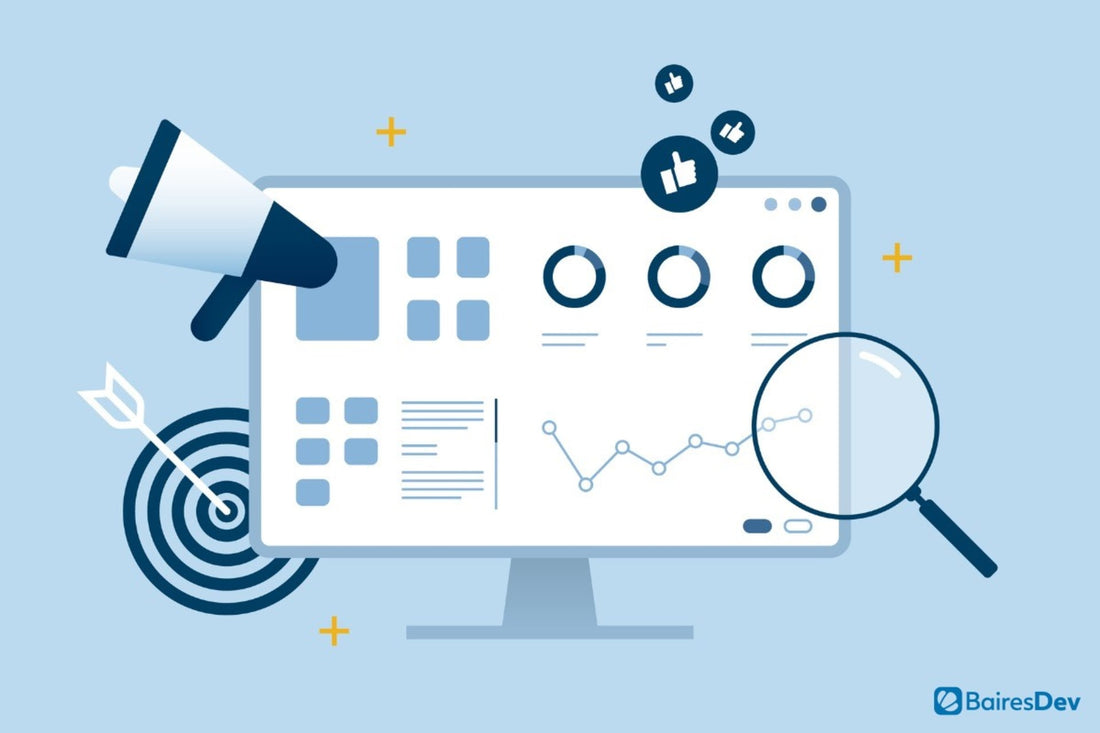Enterprise software helps a range of businesses of all shapes and sizes scale their services and streamline their operations.

expected to reach $599 billion in 2021. This segment of the industry, which has been heralded as a comprehensive solution to business needs, is clearly reaching new heights while continuing to grow.
Industries of all shapes and sizes use enterprise software from education to nonprofits, from fintech to government agencies.
Whether you already have enterprise software in your company or are looking for new or improved solutions for your business, here's how you can craft the best plan for your organization.
What is enterprise software?
Enterprise software offers a streamlined approach to managing multiple processes on a single platform. It aims to solve problems and improve workflow by facilitating stronger communication, storing information, reducing inefficiencies, automating procedures, and more. The software can assist multiple departments, from HR to marketing and sales to finance. It must be used across these departments to ensure cohesion.
That's because enterprise software , by its very definition, applies to the entire company. This is a generic term, under which there are several types of platforms and software. Examples include customer relationship management (CRM), business intelligence (BI), enterprise resource planning (ERP), and supply chain management (SCM). The platforms integrate multiple tools to help solve countless problems and challenges.
Benefits of Enterprise Software
These are the qualities and features that enterprise software can bring to your organization if your product is doing the job it should:
- Scalability
- Data sharing capabilities
- Reduced overhead costs
- Greater efficiency
- High performance
- Process standardization
- Automated processes
- Strong security
- Reliability
- Ease of use
- Accommodation of many users
- Cross-platform capabilities
- Better customer service
- Robustness
- Faster product delivery
- Ability to generate real-time analytics
- Monitoring results
What is the enterprise software development process like?
Want to take enterprise software development to the next level? Here's what to do.
Consider your business needs
First, think about how enterprise software will help promote your business. What do you need from the software? What holes should he address? What are the problems that need to be resolved? At this early stage, you should set goals and establish benchmarks – not just for what the software should do for your organization, but also for what you need to do in general.
Gather Requirements
This is where you get more specific. What exactly do you want enterprise software to do? In the requirements gathering phase, you will determine the minimum elements that the software must have. This isn't the same as defining the goals for your business – instead, it's about determining the specifications of the software itself.
Flat
Every software project requires careful planning, and business software is no different. In fact, these projects are so complex that covering a wide range of solutions that affect multiple departments often requires more complex planning. Prepare these specifications, writing them down in detail. Generally, this will be a multi-stage process.
Design the software
Designing means evaluating the critical features the software should have and how they will affect the overall product and user experience. Of course, all software must be designed with the user in mind – in this case, the organization's employees.
It is important to create a design that can be implemented and executed. Remember to be realistic and consider requirements and time constraints.
Build the software
This is a phase you're already familiar with – the part where you actually develop the software. Developers will work closely with other team members, including the project manager and business leaders, to execute the plan, based on requirements, design, and other specifications.
As you work to achieve your enterprise software goals, think about the best development team for the job. It could very well not be in-house developers. Instead, consider outsourcing your project to a company that specializes in this niche and has the enterprise software experience to support it.
Test the software
Test, test, test. All enterprise software must go through a rigorous testing process conducted by analysts and quality assurance experts. This will help ensure that bugs are kept to a minimum and that the software is usable, high-performing, functional and optimized for success.
Once the QA team identifies the issues, the software developers resolve them. This will go through several rounds until the team is confident that the software meets the specified requirements and is ready for deployment.
Deploy the software
Deployment occurs after the build and test phases. Once you believe you have a quality product that consumers will respond to, it's time to bring it to market. The customer must work closely with the development team to ensure everyone is on board with this release, while avoiding long delays – you want your rollout to be timely and reach your target audience as quickly as possible.
Release updates consistently
Deployment is not the end of the road for enterprise software development. The development team must work carefully and consistently to release updates , ensuring that they routinely resolve bugs and fix issues that consumers report having with the software. You should also actively look for potential problems to nip them in the bud, so to speak.
Remember that even top enterprise software developers release updates with some regularity – it's normal.
Ultimately, enterprise software will help solve problems in your company and solve problems that employees are facing. If done right, the development process will make everyone's life easier — and take your business to the next level.




















































